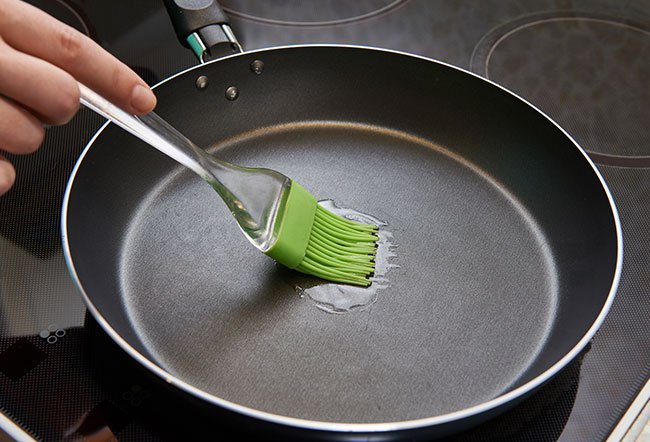Why Is PFOA Dangerous?
Pentadecafluorooctanoic acid (PFOA), also called perfluorooctanoic acid or C8, is a type of synthetic chemical often used to manufacture domestic and industrial products such as cookware, waterproof clothes, stain-resistant carpets, and ski wax.
PFOA has been used to make nonstick cookware from the brand Teflon, although it is not present in large amounts because much of it is burned off during the manufacturing process.
Why is PFOA a health concern?
As a stable compound, PFOA can stay in the human body and in the environment for long periods of time. And because it has been used to make a wide range of products that people are exposed to on a regular basis, studies have found that varying concentrations of PFOA are present in almost everyone’s blood. Water supplies, certain foods, and household dust have also been found to be contaminated with PFOA.
People working in industries or chemical plants using PFOAs have higher levels of the chemical in their blood. The threat is also higher in the surrounding areas of such plants because the PFOA concentration in the environment (soil and water) tends to be higher.
Nonstick cookware is not a major source of exposure; however exposure can occur from ski wax as well as fabrics and carpets that have stain-resistant treatment.
What is the effect of PFOA on our health?
Several studies have been conducted on animals and humans to understand the effect of PFOA on human and animal health. Animal studies have reported that PFOA exposure can increase the risk of certain tumors in the:
Studies on human subjects mainly involved people who live close to or work in chemical plants using PFOA. Some of these studies revealed that people in these studies had a higher risk of:
Although these studies could not find a significant correlation or link between PFOA exposure and increased cancer risk, it cannot be excluded completely. More studies are required to draw a definitive conclusion.
What do expert agencies say about whether PFOA causes cancer or not?
Based on data from various studies, the International Agency for Research on Cancer (IARC) has classified PFOA in group 2B. This means PFOA has been classified as “possibly carcinogenic to humans.” This is because there is some evidence that PFOA can cause cancer in humans but the evidence is limited.
Furthermore, the U.S. Environmental Protection Agency (EPA) in its draft report has stated that there is “suggestive evidence of carcinogenicity (cancer causation) but not sufficient to assess human carcinogenic potential.” Thus, the board is considering any new pieces of evidence to determine the carcinogenicity of PFOA in humans.
Owing to uncertainties in long-term effects of PFOA on human health and environment, several steps have been taken to limit its exposure. In 2006, the EPA asked 8 major U.S. companies that used PFOA to participate in a stewardship program to eliminate PFOA from emissions and product contents by the end of 2015.
The manufacturing of PFOA and some of its closely related chemicals have been stopped in the United States. Moreover, efforts are being taken to reduce the levels of PFOA in water and food products. Recent studies have reported a 40% decline in blood levels of people tested for PFOA between 2000 and 2010.

